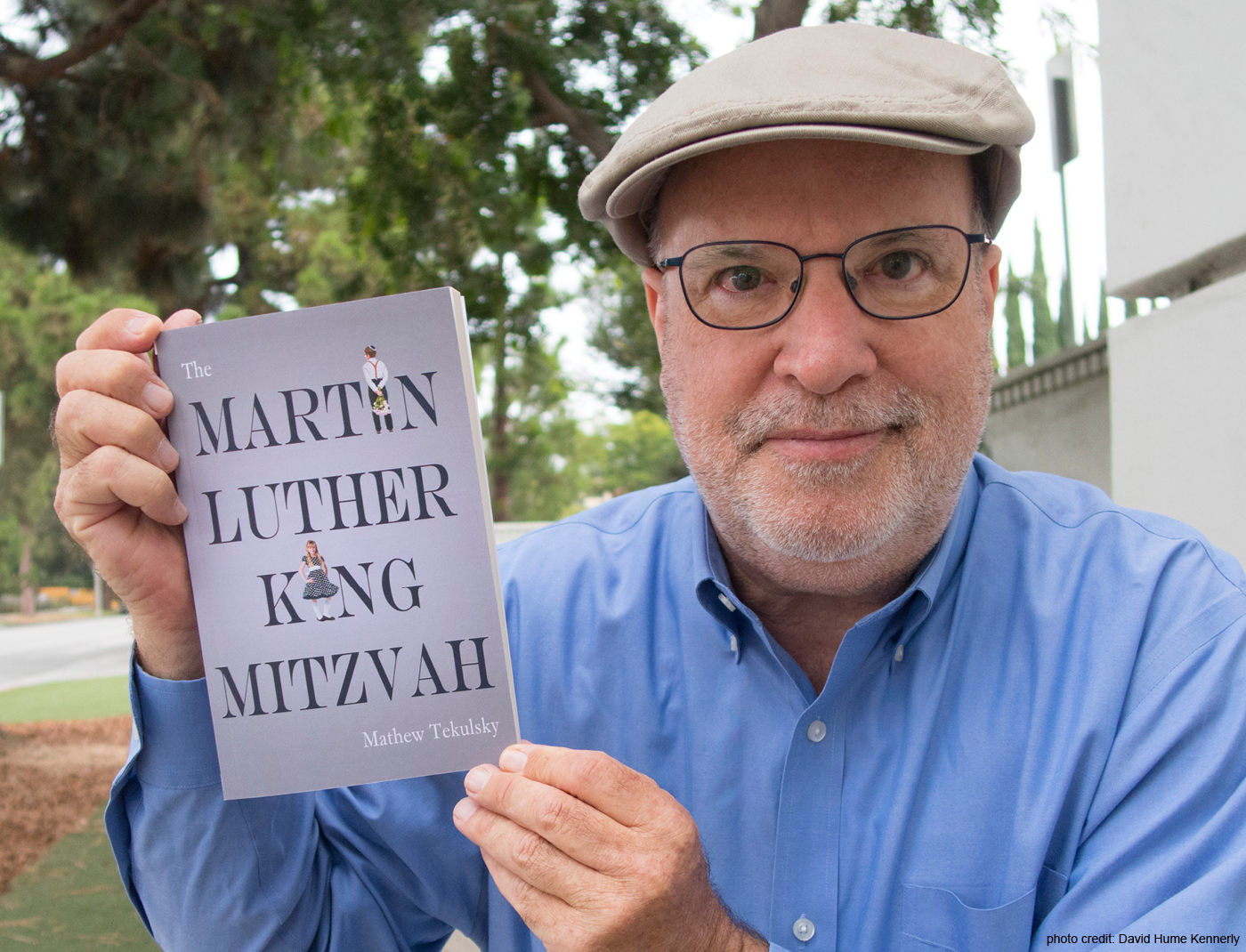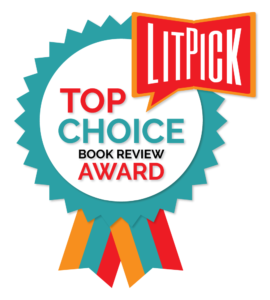A Tour of Larchmont
In my novel The Martin Luther King Mitzvah, the story takes place in the fictional town of Beachmont, which is based my hometown of Larchmont, New York, a suburb of New York City, in Westchester County on the Long Island Sound. The novel is a love letter to my hometown. It takes place from 1966 to 1967, and the story concerns two twelve year-olds, a boy and a girl, who not only get to play Romeo and Juliet but meet Martin Luther King and embark on changing the world. (Sounds like a movie to me)
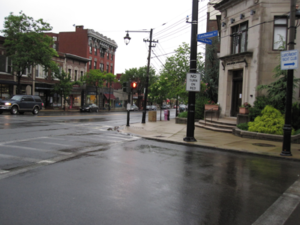
I would like readers to become more familiar with my hometown, so join me on a tour around Larchmont, or should I say Beachmont, to see some of the landmarks of my childhood. These places are highlighted in the novel, and I will point them out here through my own photographs, taken on June 18, 2009. In Photo 1, you can see the intersection of Larchmont Avenue and the Boston Post Road in downtown Larchmont. That is actually a temple on the right side of the photo, but not the temple I feature in the novel, which exists down Larchmont Avenue to the right, toward the Long Island Sound. Lots of action takes place on Larchmont (or rather, Beachmont) Avenue in the book, like throwing snowballs at cars, and anti-war demonstrations. You can see the street sign for Larchmont Avenue on the right side of the photograph.
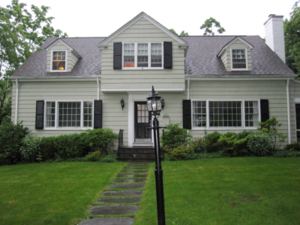
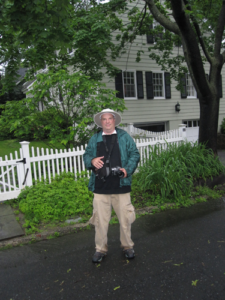
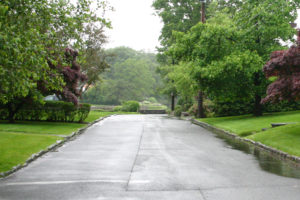
In Photos 2 and 3, you can see the house in which I lived from fourth grade until I graduated from the University of Rochester in 1975. I lived there while I was in seventh grade, when the action of the novel takes place. In Photo 3, I am standing where I normally entered the house, through the back gate and in through the kitchen. In this photograph, I am looking in the direction of the creek in the novel, which is at the end of a street across from Adam Jacobs’ (my main character’s) house. You can see the creek in the background of Photo 4, at the end of the street, but there is no ice on the creek as in the novel, where some dramatic incidents occur. (I’m not going to give them away, but the ice gets a little bit thin.)
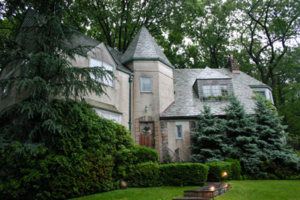
One of the characters in the book is Adam’s grandfather, who is called Grappa. The real Grappa (my maternal grandfather) lived in the house in Photo 5, which is also where my mother grew up and where Adam’s mother in my novel spent her childhood as well. The real Grappa gave me a camera and he was a great photographer himself and developed his own black-and-white photographs in a darkroom in this house. In the novel, he does the same thing.
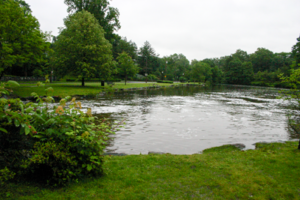
The winter ice and skating plays a roll in another dramatic scene in the book, which takes place at the Duck Pond, pictured here in Photo 6. I remember skating on this pond when I was a kid, but I never got into a fight with one of the neighborhood bullies on this pond, as Adam does in the novel.
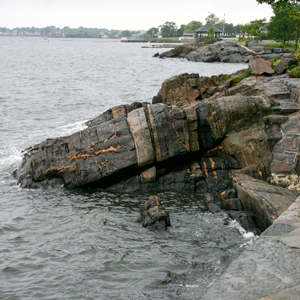
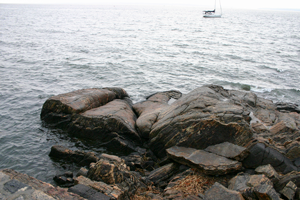
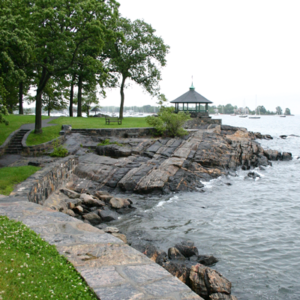
In the book, Adam and his friend Sally Fletcher spend some time down in Manor Park, playing on the rock formations that they visualize as various objects. In Photo 7, you can see the “toaster ,” where you start at the right and drop down to the low spot in the rocks and then climb up the other side when you are “done”; and the “whale” in Photo 8, where the cleft in the rock looks just like the open mouth of a whale. In Photo 9, you can see a gazebo in the background, where Adam has his first kiss with Sally. It does look like a romantic spot, doesn’t it?
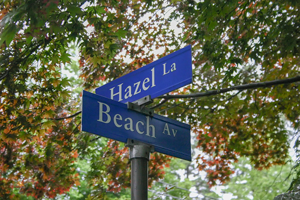
Adam and Sally are befriended by an elderly blacklisted author named Gladys McKinley, and Gladys lives on Beach Avenue, the sign for which is shown in Photo 10. It fits that there is a Beach Avenue in Beachmont, don’t you think? In real life, an author named Phyllis McGinley lived on Beach Avenue, and her property actually abutted the backyard of my house. I was in awe of this personage whom I never saw, and although McGinley was never blacklisted, she became the inspiration for my character Gladys, with whom Adam bonds as he embarks on his early career as a budding writer.
I enjoyed writing this novel, and I think it brings a great message of Martin Luther King to the world at just the right time, when people of all backgrounds should learn to live in peace with each other. If my book contributes to making the world a better place in this way, I will have done my job.
© Copyright 2018 Mathew Tekulsky
